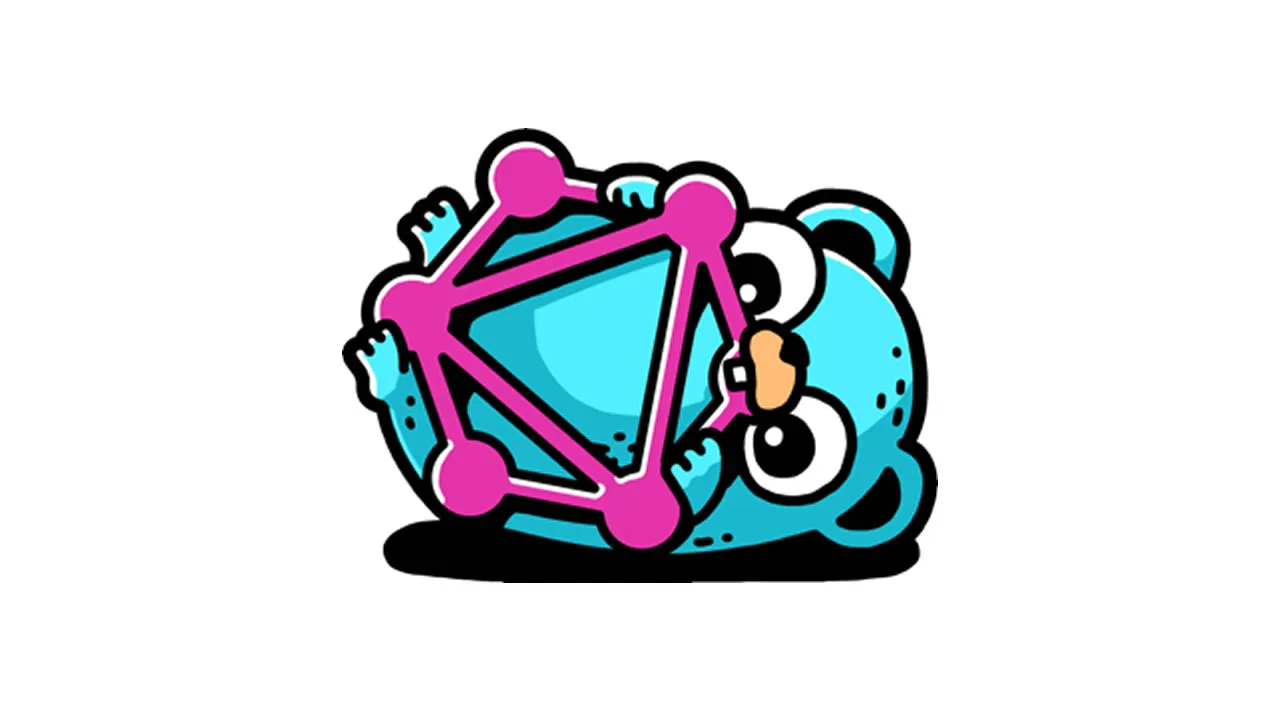This tutorial highlights three tips that help you to harness the full potential of the GraphQL query language using Golang.
What is GraphQL?
Backend technologists would typically say that GraphQL came as “the shiny new kid on the block” after REST APIs. Initially developed by Facebook to be a powerful data-fetching API for internal use, today it powers billions of API calls daily.
The official documentation defines GraphQL as a query language for APIs that gives a 360 degree view of the data in the API. But a definition from Freecode camp says:
“GraphQL is a syntax that describes how to ask for data, and is generally used to load data from a server to a client. It lets the client specify exactly what data it needs in a request, thereby making it easier to select data from multiple sources.”
Prerequisites
This tutorial will highlight some major points to note when implementing GraphQL with Golang. To follow along, it is strongly recommended that you have a working knowledge of:
Let’s brush up on GraphQL
In any scenario where GraphQL is discussed, some keywords will be used more often than others. As such, it is imperative to remind ourselves of some of those words:
GraphQL types: These are the most basic components of a GraphQL schema definition. They are JSON fields representing the kind of objects that can be fetched from the service. Check out this tutorial to understand GraphQL types in detail.
As an example, here is a sample type definition of an author that has three fields: name, id and book:
type author {
name: String! //the `!` sign shows it’s required
id: ID!
book: String!
}
GraphQL queries: GraphQL queries are a way of requesting or fetching data from a GraphQL server. How the queries are structured would determine if data would be over-fetched or under-fetched. This tutorial explains queries in detail.
Here is a sample query on the names of authors, following our type definition above:
query {
authors {
name
}
}
GraphQL schema: Schemas are like maps. They help us understand the data by describing their relationships within the server. This helps clients know how to structure their requests when trying to reach the data. They are written in SDLs, i.e Schema Definition Language.
Resolvers: Resolvers hunt for the requested data in the server. They are field specific functions. It is the only mechanism GraphQL uses to return data per query request.
GraphQL mutations: Mutations are used to create and modify objects in GraphQL, similar to PUT and POST in REST APIs. They follow similar syntax as queries, with the exception that they need to start with the keyword mutation.
GraphQL subscriptions: This is a feature that allows the server to send data to its clients for every specific event it was configured for. To do this, the server maintains a steady connection with the client subscribed to it
Why GraphQL with Golang?
The Go programming language, otherwise known as Golang, is a general purpose programming language initially designed by Google. Golang tops the ranks for its simplicity, concurrency, and fast performance, among many other beautiful features. As such, it remains one of the top options when implementing GraphQL.
As many people came to realize the potential of this duo (GraphQL and Golang), software engineers over the years began to build libraries to integrate GraphQL seamlessly with Golang.
Here are some libraries that make the implementation smooth:
- Graph-gophers/graphql-go : This provides support to parse the GraphQL Schema Language while giving resolver info at compile time without having to wait until runtime to find issues with schema and resolvers.
- GraphQL-go/graphql : This has support for queries, mutations, and subscriptions like other libraries. It also models the official implementation of the GraphQL-js library
- Gqlgen : This prioritizes type safety and is based on a schema first approach.
We won’t focus on the implementation of any of these libraries in this tutorial. However, each of these libraries has an examples folder you can navigate to in order to see firsthand how these libraries are implemented.
Here come the lightbulb moments
Let’s explore some scenarios we can experience when integrating GraphQL with Golang and what the solutions are.
- Tip #1: Schema homogeneity
- Tip #2: Solving the n+1 problem
- Tip #3: Client-server data schema mismatch
#graphql #golang #programming #developer
